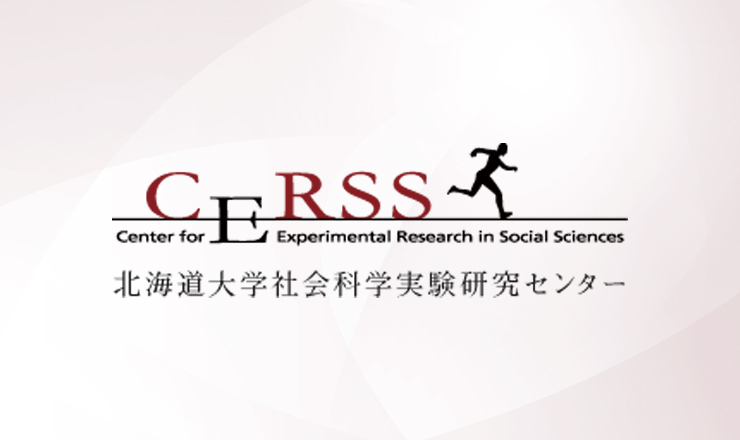Rethinking “Cultural Differences”: Ontological and epistemological issues in cultural psychology (in Japanese)
Date & Time: 2025.7.30(Wed) 14:45-16:15Location: Hokkaido University, Faculty of Humanities and Human Sciences, room E304Speaker: Kodai Kusano (Post-Doctoral Associate, New York University Abu Dhabi)Title: Rethinking “Cultural Differences”: Ontological and epistemological issues in cultural psychology
Social Innovation Design Based on the Individual – Social Creativity (in Japanese)
Date & Time: 2025.5.28(Wed) 15:00-16:30Location: Hokkaido University, Faculty of Humanities and Human Sciences, room 316Zoom: Speaker: Akane Matsumae (Kyushu University, Faculty of Design)Title: Social Innovation Design Based on the Individual – Social Creativity Participants: 11
A multi-level model of mental and planetary health
Date & Time: 2025.6.4(Wed) 10:00-Location: Online Only.Zoom: Speaker: Gerhard Reese (Victoria University Wellington)Title: A multi-level model of mental and planetary health. Participants: 11 Abstract:Global environmental crises are global mental health crises. Both are inextricably linked and causally affect each other but attention to the underlying systemic connections has hardly been paid. The current review seeks to identify and synthesize these interlinkages, resulting in a Multi-level Model of Mental and Planetary Health. This model provides...
Social Capital: Experimental validation of survey measures using a cross-societal approach
Date & Time: 2025.3.3(Mon) 10:30-11:30Location: Hokkaido University, Faculty of Humanities and Human Sciences, room E304Zoom: https://zoom.us/j/99376667027?pwd=XqxJTavmvaVGCHbC74Y1hULb1MrbhX.1Speaker: Stein Østbye (UiT The Arctic University of Norway, Tromsø / Professor)Title: Social Capital: Experimental validation of survey measures using a cross-societal approach Abstract:We explore to what extent inexpensive attitudinal survey data can be a substitute for more expensive experimental data as a metric of SC, using a cross-societal design. We use data from two standard subject pools (located...
Application of Behavioral and Communication Theories for Well-being: Insights from Thailand
Date & Time: 2025.2.26 (Wed) 14:15-15:15Location: Hokkaido University, Faculty of Humanities and Human Sciences, room E304Zoom: https://zoom.us/j/99376667027?pwd=XqxJTavmvaVGCHbC74Y1hULb1MrbhX.1Speaker: Sukanya Sereenonchai (Chair of B.Sc. Program in Environmental Science and Technology / Associate Professor) Noppol Arunrat (Deputy Dean for Research and Academic Services / Associate Professor) Title: Application of Behavioral and Communication Theories for Well-being: Insights from Thailand Abstract:Behavioral science explores human cognition, emotions, and actions, while communication theories examine the transmission of messages and their influence...
Intergenerational Altruism and Intergenerational Equity: The Source of Emissions Gap
Date & Time: 2025.2.19 (Wed) 14:45-15:45Location: Hokkaido University, Faculty of Humanities and Human Sciences, room E304Zoom: Speaker: Kenichi Akao (Faculty of Social Sciences, Waseda University / Professor)Title: Intergenerational Altruism and Intergenerational Equity: The Source of Emissions Gap Abstract:The emissions gap refers to the difference between the projected greenhouse gas emission trajectory based on currently planned climate change mitigation policies and the efficient emission path required to achieve the 1.5-degree (or 2-degree) target agreed upon...
